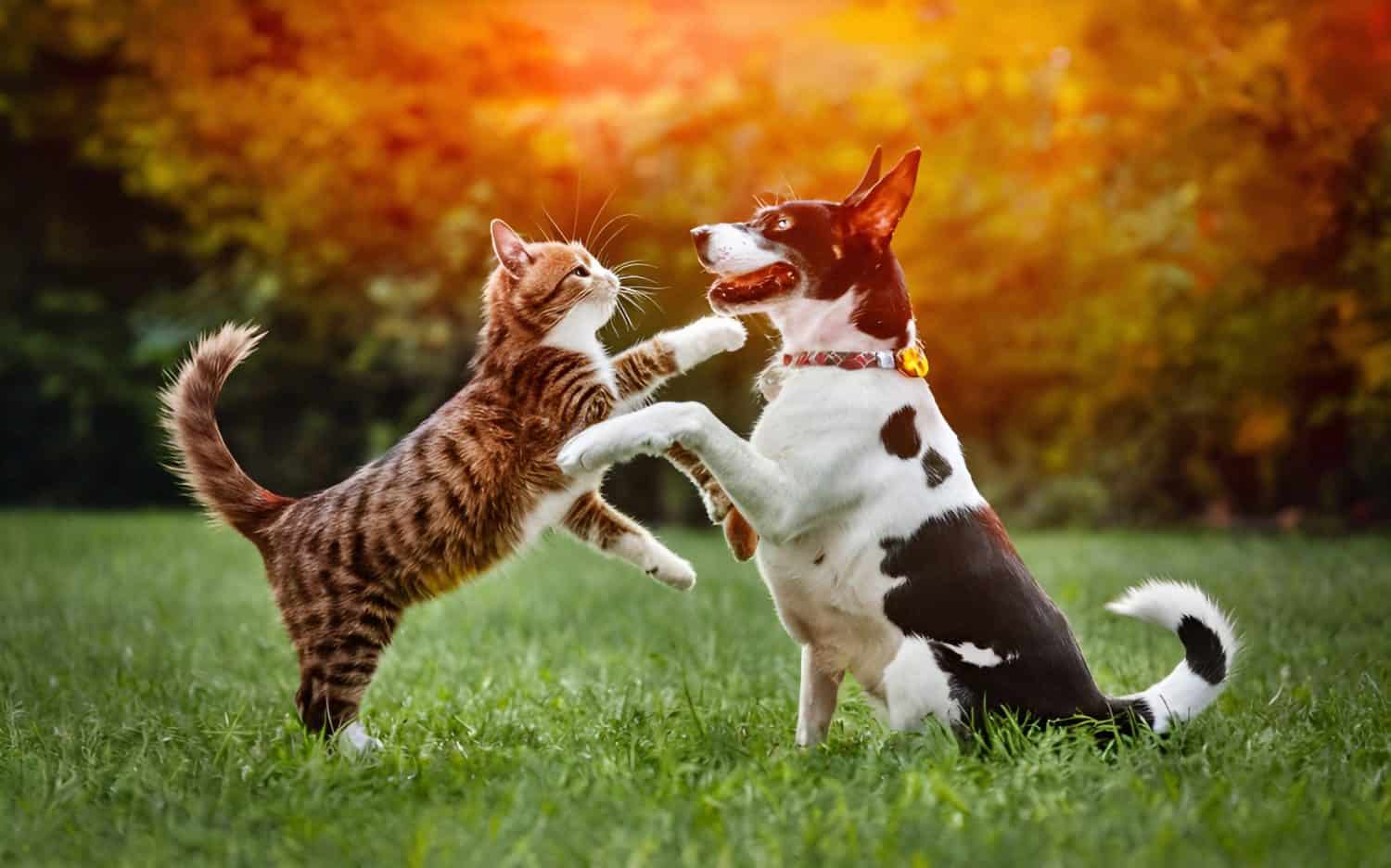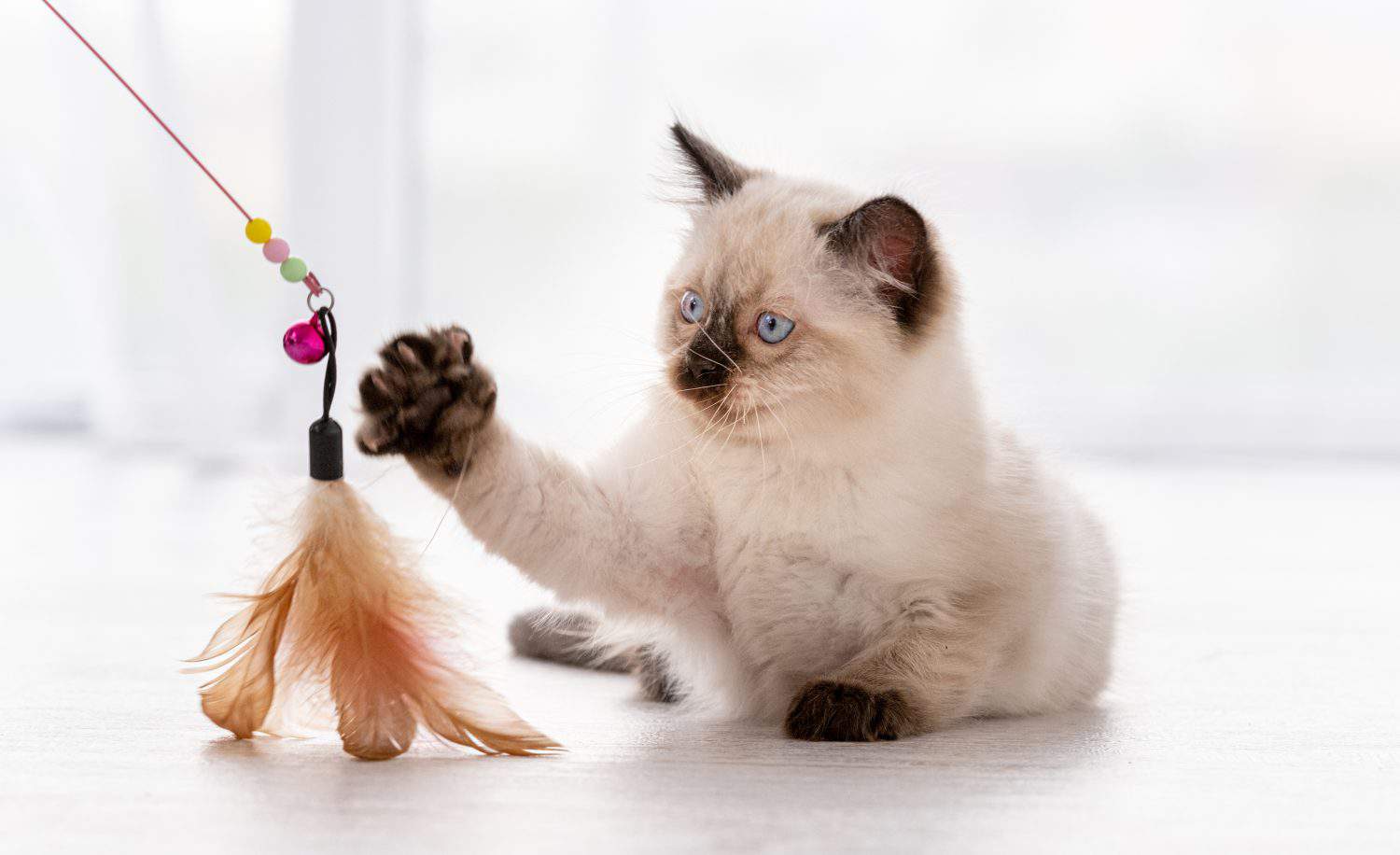This month has seen what is described as a ‘tropical disturbance’ bring a rare flash flood emergency to much of southern Florida. People have had to abandon their homes and cars and many are reporting in the media how they struggled to keep their dogs and cats safe and try to stop them from getting stressed. Humans understand what is going on in this sort of situation but animals do not. Whilst we already know a lot about dog and cat behavior, we also have a lot left to learn.
Cats and dogs can behave in what we perceive as strange ways. We investigated this by independently identifying the most common weird behaviors for cats and dogs. Then, we cross-referenced those lists to determine which ones were shared between the two species. Once we determined which behaviors were shared between cats and dogs, we sourced scholarly opinions, such as peer-reviewed journals and primary sources from zoologists, to understand what those behaviors meant and why they do them. In some cases, the reasoning for cats and dogs is different. If this has got you fascinated by animal behavior you can also find out some more pawsome facts that you probably didn’t know about dogs.
Here are 20 dog and cat behaviors that are a bit odd:
Eating Poop (Coprophagia)
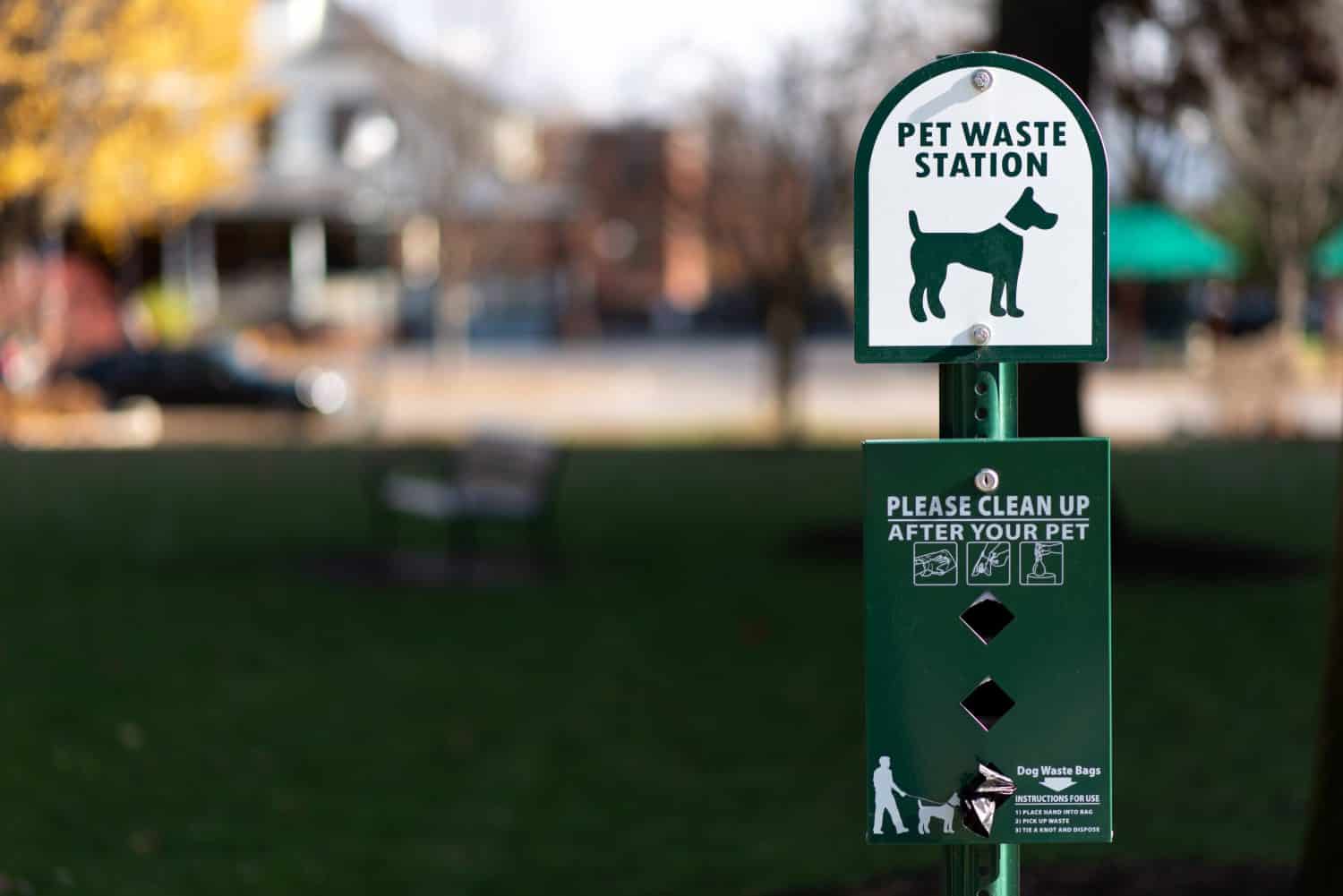
The scientific name for eating poop is “coprophagia.” As disgusting as this sounds, it is a habit that both cats and dogs can have although it is more of a problem in dogs. The behavior often develops when they are young, it is a way for cats and pups to populate their intestines with bacteria that help them digest food. If it continues into adulthood, it can be a sign of anxiety, medical issues, or malnutrition in cats. In dogs, it may because they simply like to eat smelly things and it has become a habit.
Rubbing in poop
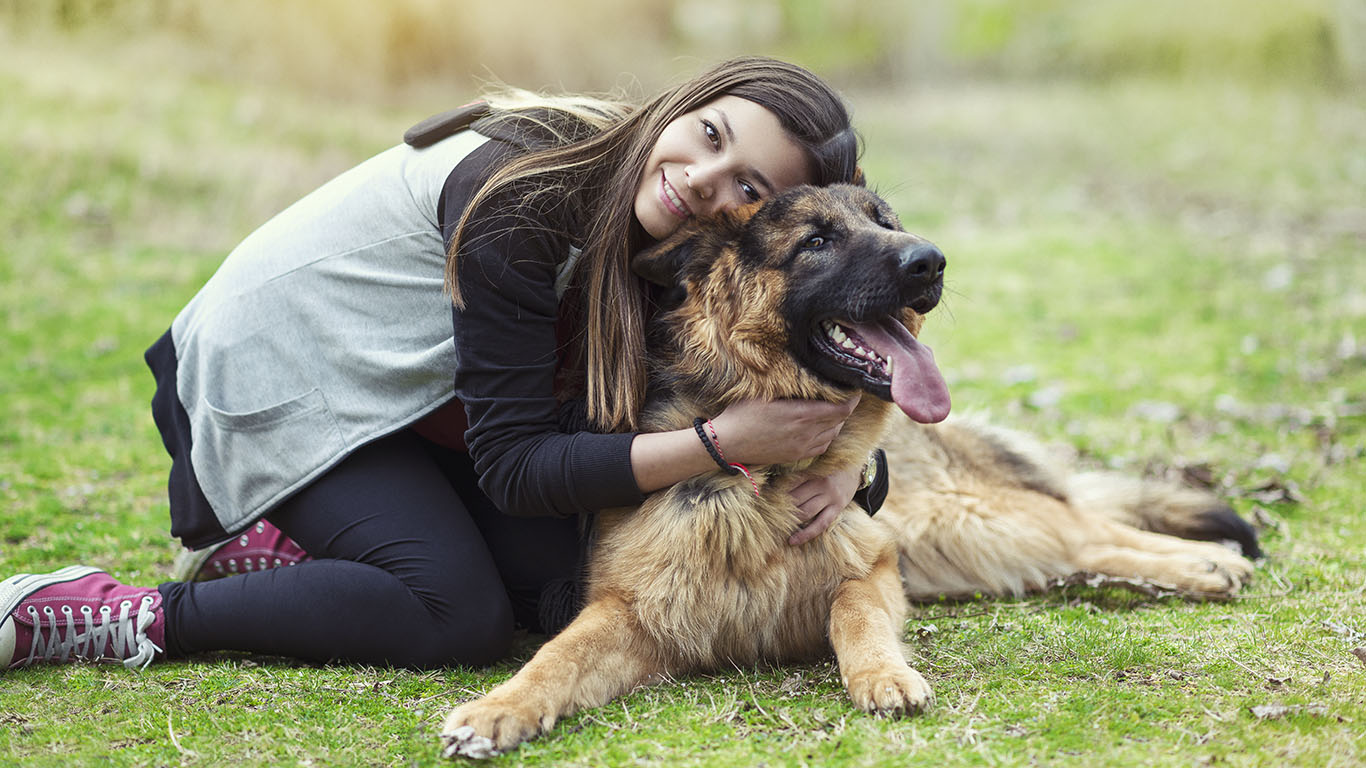
Nothing quite ruins a walk in the park or forest like discovering that your dog has rolled in poop. It could be deposits left by other dogs but fox poop is also a firm favorite. It’s even more of a problem if you give your dog a cuddle and discover the smell too late. Some experts think that wild dogs developed this habit to take the smell of rotting carcasses back to the pack. Dogs were scavengers after all.
Eat Each Other’s Food
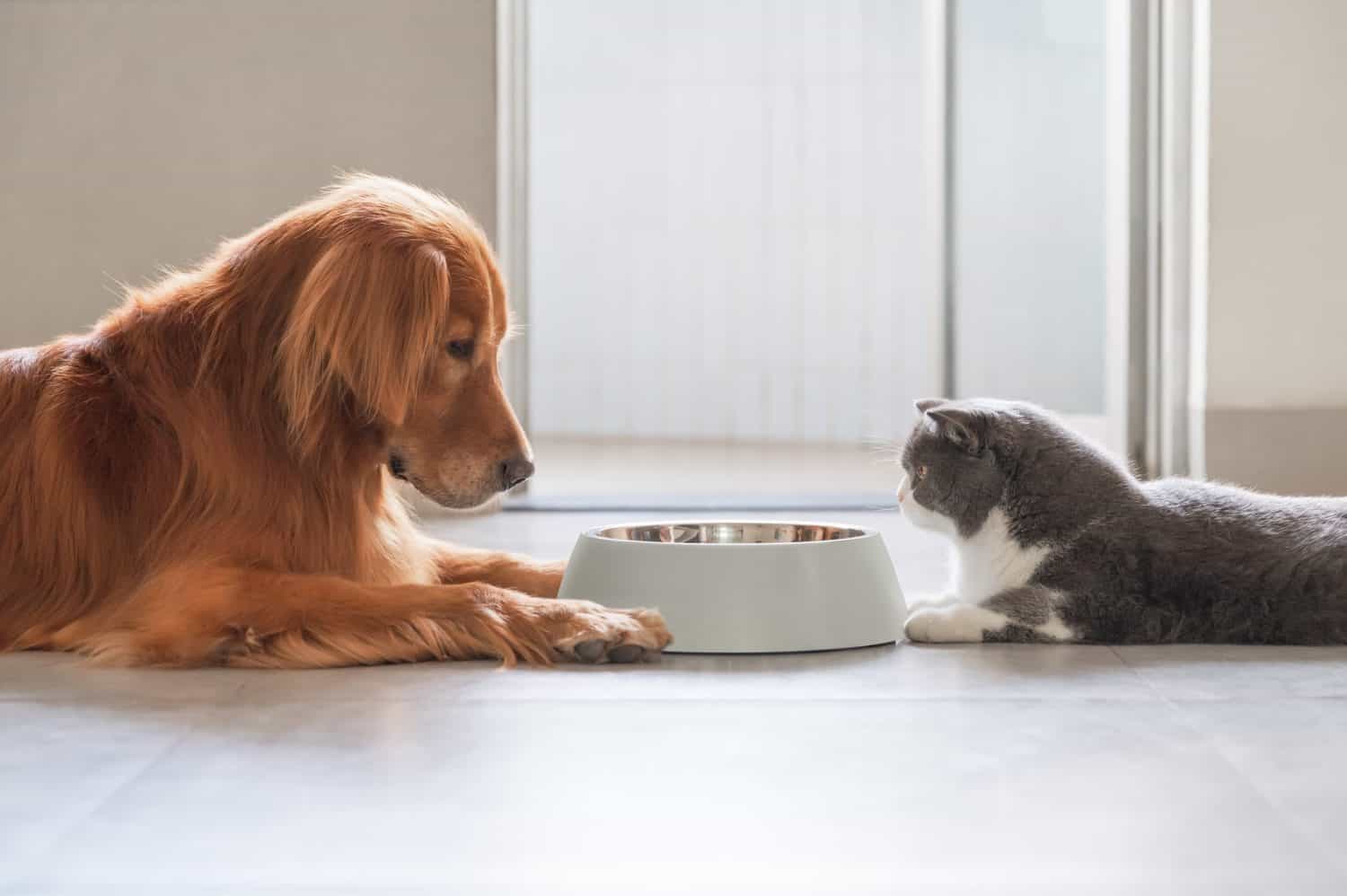
Cat food is not unpalatable to dogs and vice versa. In many cases, dogs will eat cat food without complaint. Wet cat food likely appeals to dogs thanks to its pungent aroma. Additionally, many cat owners leave out their cat’s food all day, so dogs may take advantage simply because the food is available.
The real issue here is that cat food is not nutritionally complete for dogs or visa versa. You can try to prevent it by keeping their feeding stations a long way apart.
Trying to Be Dominant
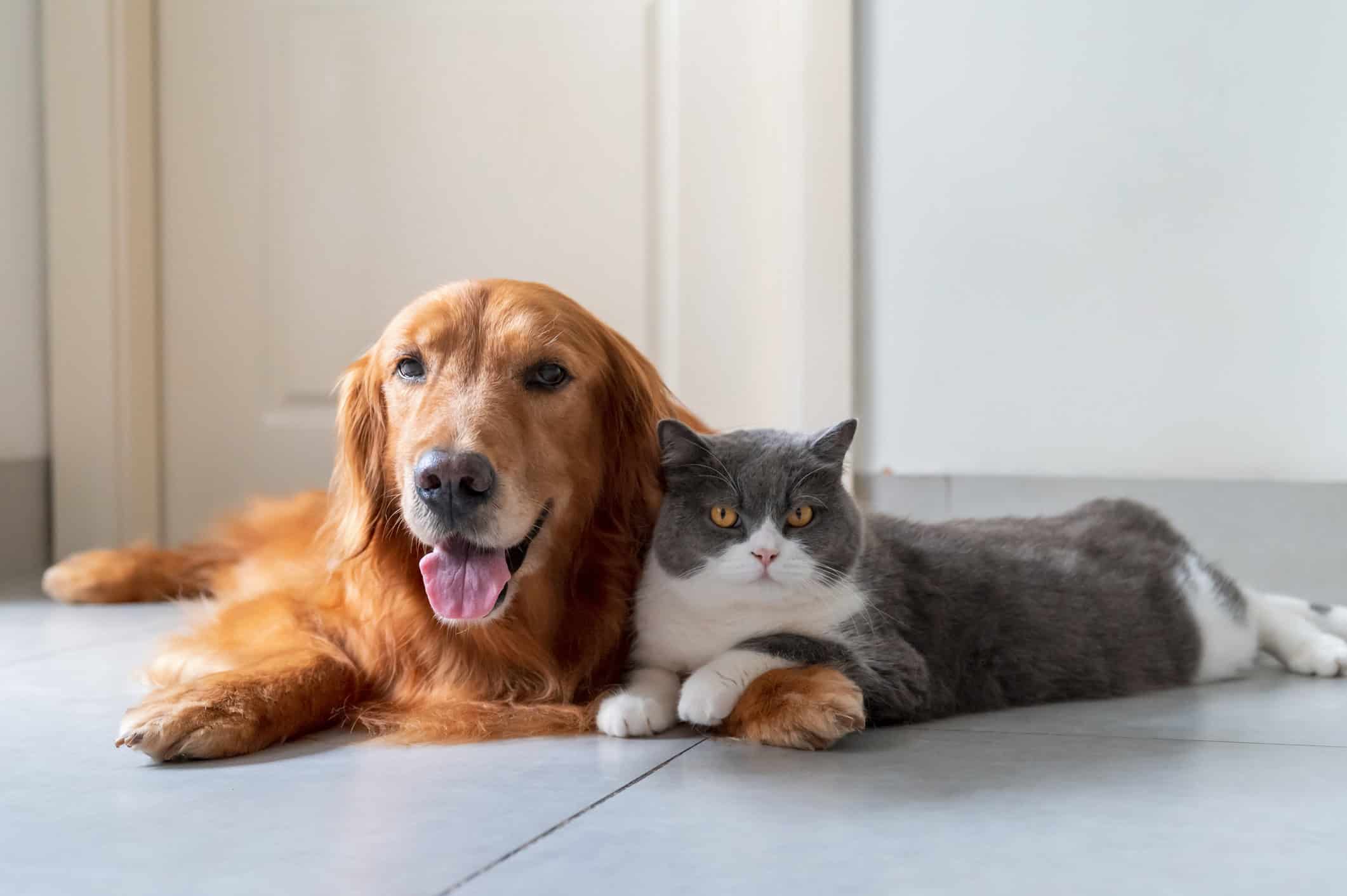
If you live with both a dog and cat, you may have noticed there is a power play going on in your house. It can be very annoying if the two animals you love are constantly attacking each other. Cartoons are full of dogs attacking cats – often due to their high prey drive. However, it also happens the other way around. Cat on dog aggression is more likely a fear response, the cat has decided that attack is the best form of defence!
Circle Before Lying Down
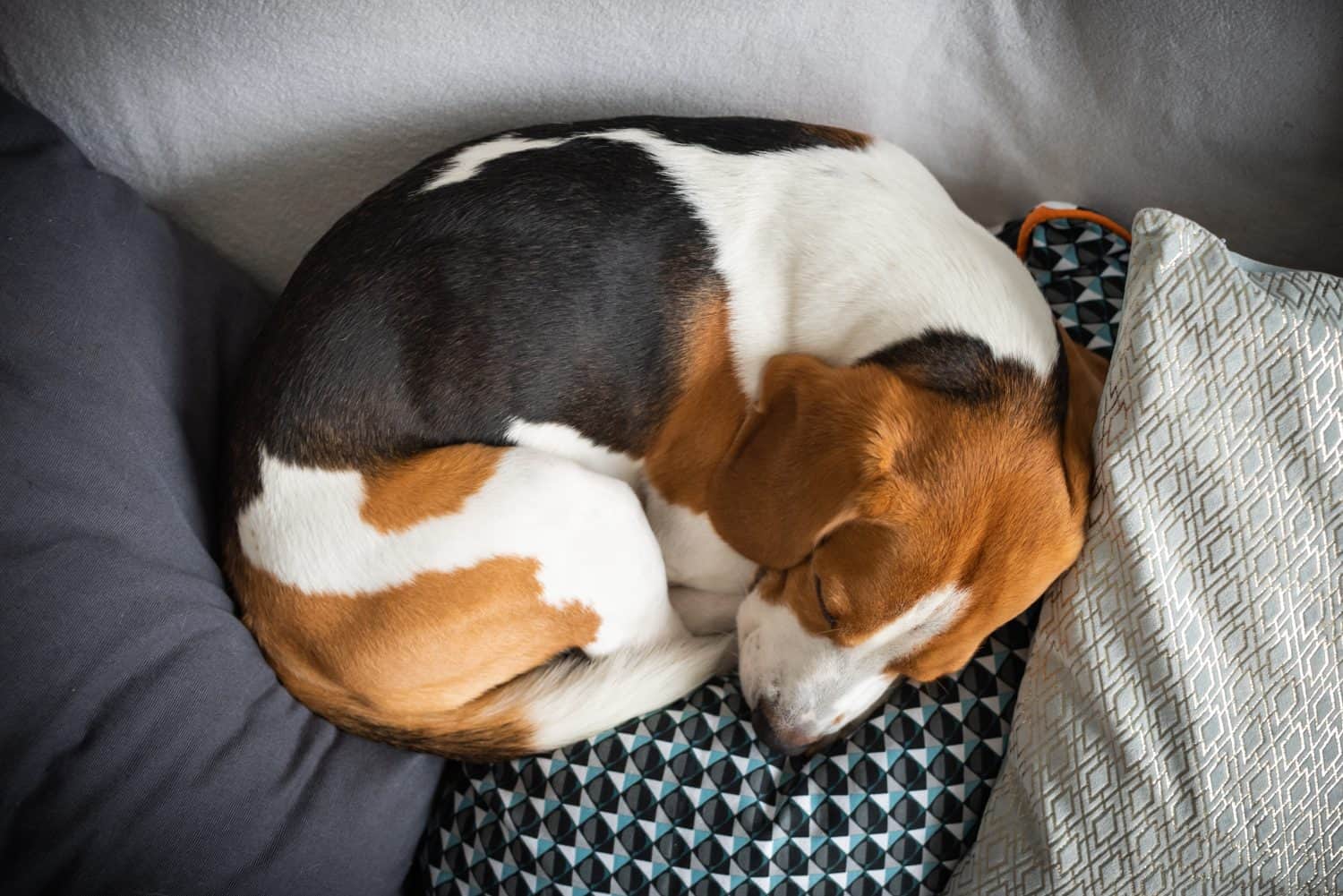
Both cats and dogs are known to circle in place before they lie down for a nap. There are many theories as to why they do this. However, most scholarly opinions agree that the behavior is an evolutionary trait aimed at efficient and effective survival. It enables them to have a good sniff and detect hidden dangers such as snakes. They can also find out which way the wind is blowing so that they can be alert for danger.
Sleeping High Up
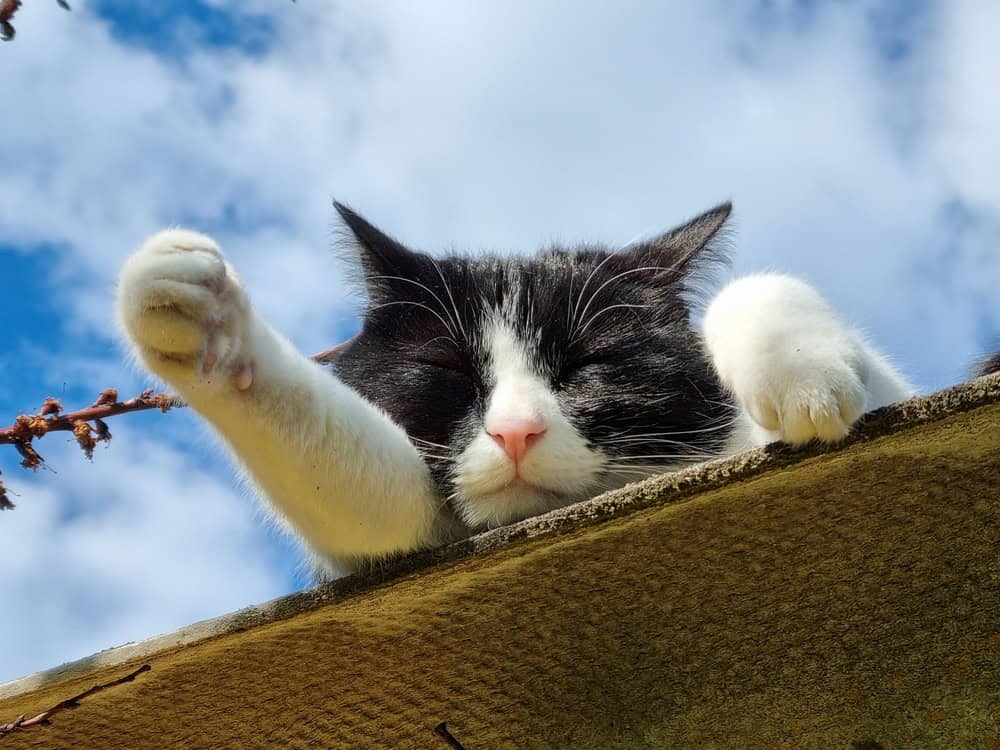
Have you noticed your cat perched up in an elevated position? This is because it makes them feel safe. They are agile enough to reach high-up vantage points, unlike dogs who tend to stay on the floor. When at a height, a cat can scan for danger as they snooze.
Follow You Into the Bathroom
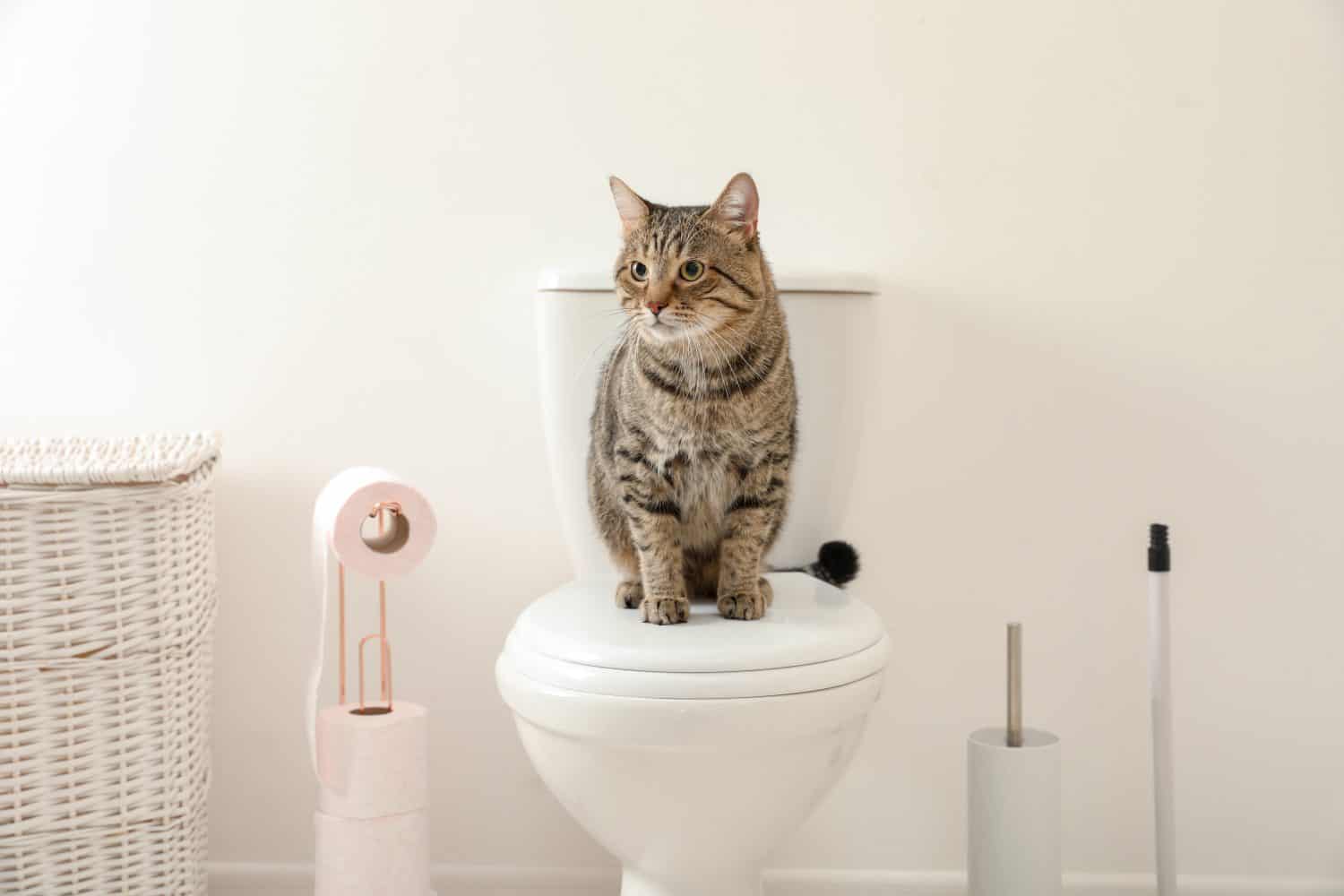
Cats and dogs are known for following their humans everywhere, even into the restroom. Some people find it cute. Others find it invasive. One of the primary reasons why cats and dogs follow their humans to the bathroom is simply because they love you. They enjoy your company and they’re not too bothered by the fact that you’re pooping. They just want to be around you. It’s an innocent reason, maybe even a little bit cute. However, that doesn’t make it any less annoying.
Not Leaving Your Side
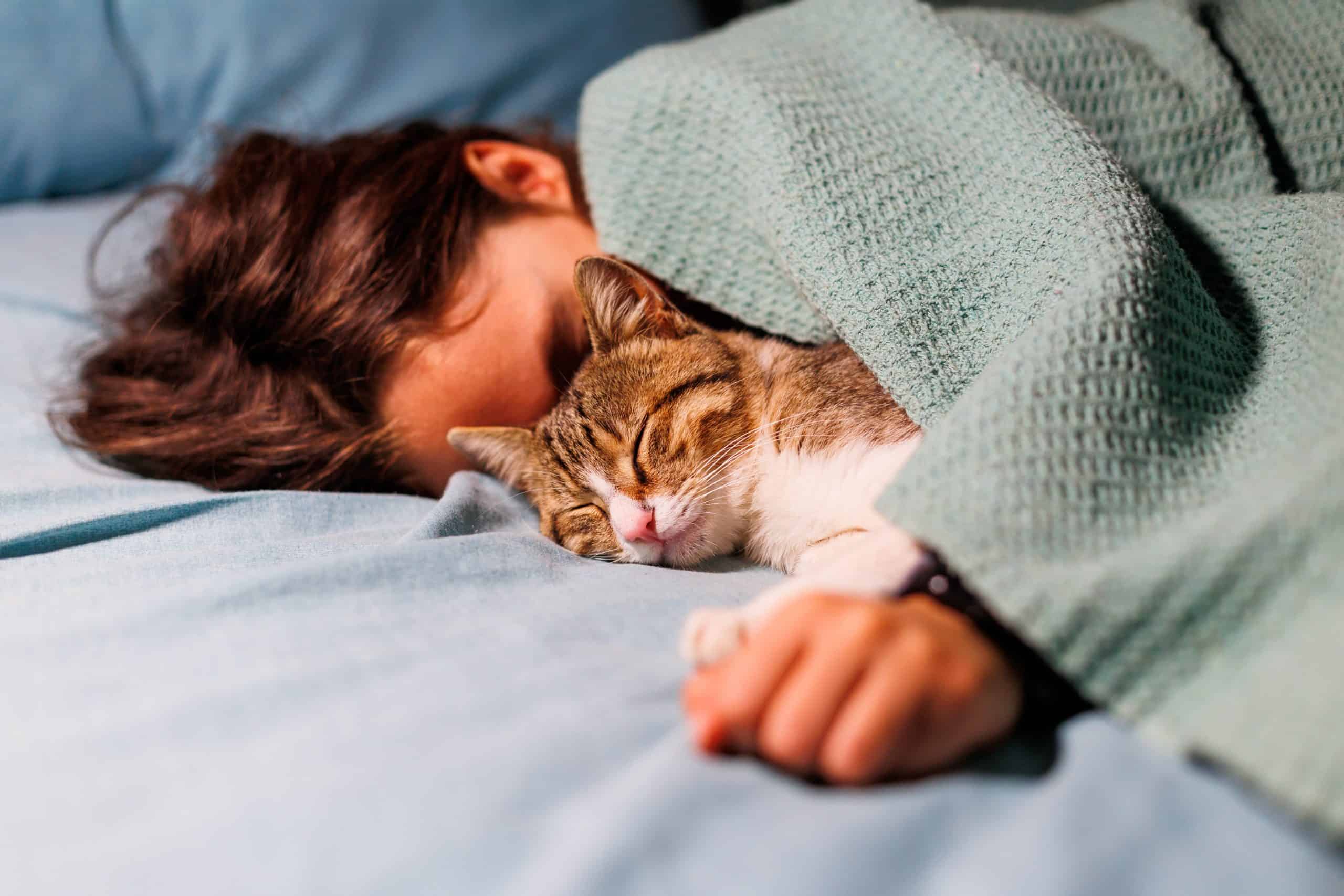
Cats and dogs are social animals that operate in groups in the wild. Your pet views you as part of their pack and they want to make sure you’re okay at all times. This drive can lead to your pet feeling anxious when they can’t see you, also known as separation anxiety. If your pet has separation anxiety, they might get upset when you try to leave them.
Eating Grass

Both cats and dogs can be observed eating grass. If you let your cat go outside, you might notice it chowing down on your lawn. Dogs love grass, too. Dogs may eat grass if they have a dietary deficiency, particularly in fiber. However, they may also eat grass for pleasure or out of boredom. So, if your dog is regularly caught with a mouthful of grass, start by assessing their diet. Scientists believe that eating grass is instinctual for cats, as the plant matter stimulates their gastrointestinal tract and helps them expel parasites. This behavior is present and observable in other species, such as chimps.
Chewing Everything
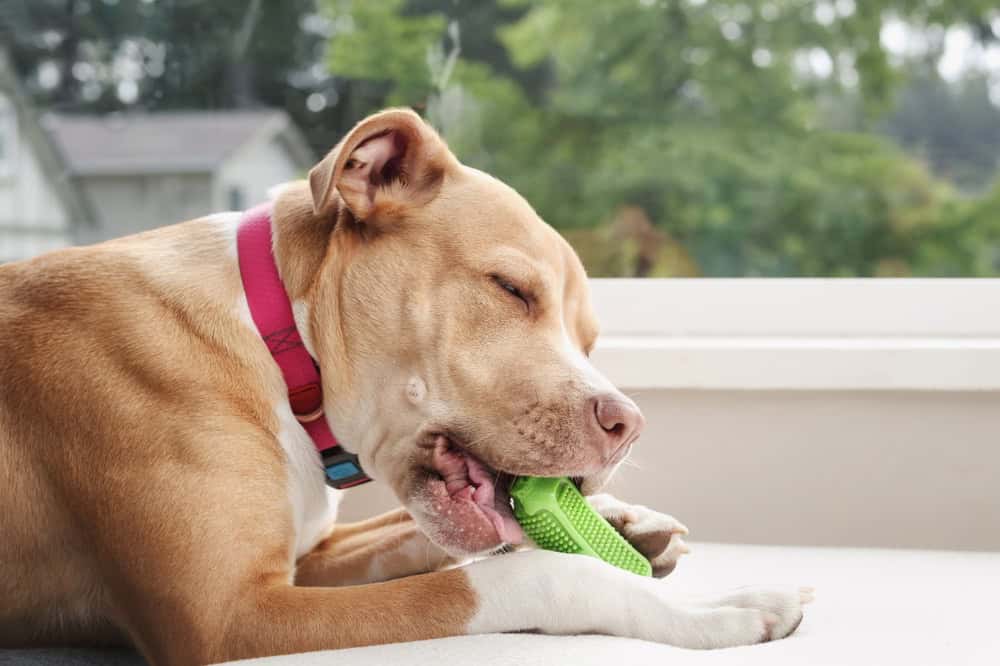
This is a behavior seen more often in dogs and some breeds are worse than others. It can be a sign of anxiety or boredom so make sure that your pooch is getting plenty of mental stimulation. It can also be a sign of teething in young pups or gum disease in older dogs.
Lick You
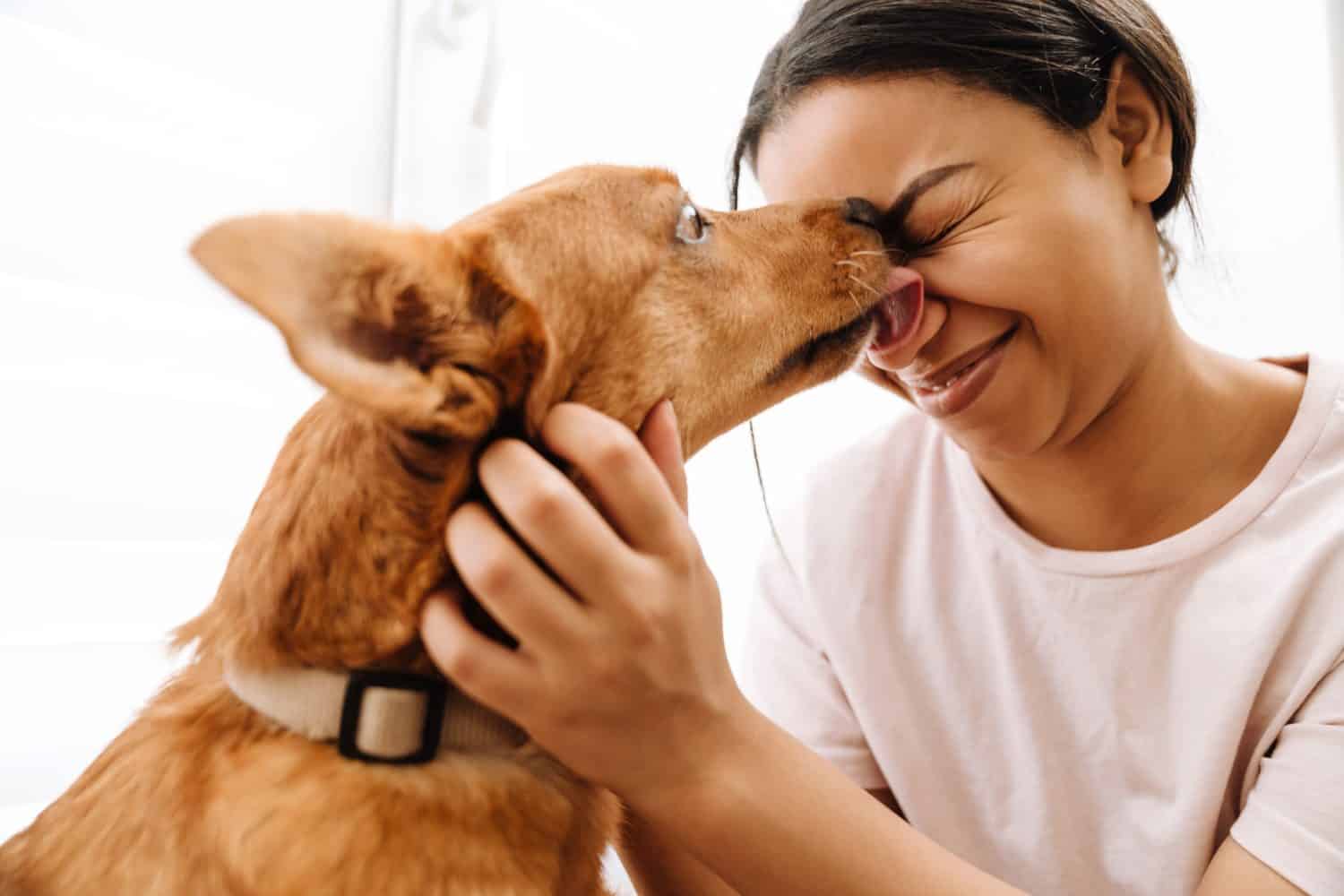
This one isn’t super weird to pet owners but it can definitely be strange to people who don’t have pets. After all, humans don’t typically lick each other. However, the good news is that licking is totally normal for cats and dogs. There are many driving forces behind why a cat or dog might lick you, though. In some cases, it can be indicative of a deeper problem.
Both cats and dogs release endorphins when they lick you and your brain likely releases endorphins too. Endorphins are the hormones that make your brain feel good. So, an easy explanation for why cats and dogs lick is that it makes them feel good. Dogs are tasting you when they lick and cats are socially grooming.
Dribbling

Both dogs and cats drool and some owners find it unpleasant. Cats mainly drool from pleasure – when they are being petted for example. Dogs drool from excitement and anticipation of a meal. It is more noticeable in some breeds, such as Saint Bernards, than others. However, itf is is excessive it can be a sign of disease or trauma in the mouth.
Sniff Each Other’s Backsides

While most people think of dogs when they think of sniffing butts, cats do it too. It is because cats and dogs have two small sacs known as anal glands in the butt area. These glands secrete pheromones and typically empty naturally when they have a bowel movement. Due to the scent of the stool, most owners don’t notice the anal gland secretion. However, this secretion tells cats and dogs a massive amount of information about the other animal.
Sniffing Your Private Parts

Is there anything more mortifying than your dog greeting visitors by thrusting their nose in their crotch? Many cat owners report that their cats have an absolute field day with their dirty underclothes. It is because our natural scents (pheromones) are concentrated in that area of our bodies and dogs and cats can tell a lot about us by having a sniff.
Chasing Their Tails
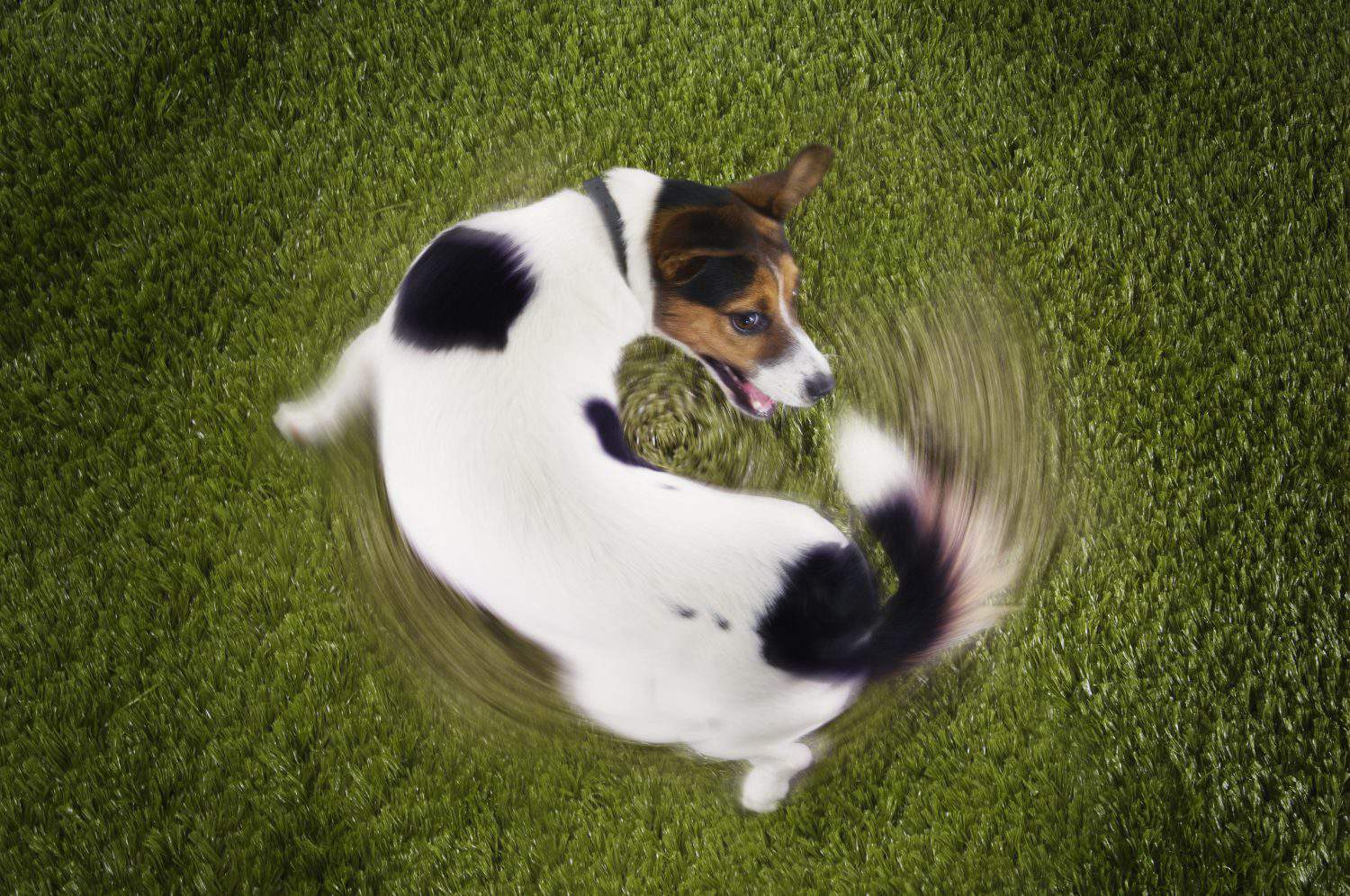
Tail chasing is also typically associated with dogs. However, cats do it, too. Most of the time it is just fun but it can get obsessive.
Puppies are the most likely culprits of tail chasing. Usually, when a puppy is in the stage of development where they’re starting to explore the world around them and learn about new things. However, if your dog or cat is constantly chasing their tail, it could be a sign that they have unaddressed medical concerns.
Paw Tapping and Kneading
Paw tapping is seen most often in cats. It can be a way of seeking attention, asking for food, and marking their territory. Cats often knead a soft surface when they are getting themselves comfortable and relaxing. If they do it on your lap, it is s sign of affection and they often fall asleep afterward.
Gnaw on Their Body Parts

In the same vein as chasing their tail, another weird thing cats or dogs may do is chew on their tail or other parts of their body. This is typically a more concerning behavior. Biting the tail can also be a sign that the tail is in pain.
It could also be a sign that they’re itchy, which isn’t a cause for concern on occasion. However, if your dog or cat is always itchy and it’s always the tail, that could be a sign of something more serious. If your pet continues to chew on a body part, or if they bite until they hurt themselves, you’ll need to address the underlying causes.
Staring at You
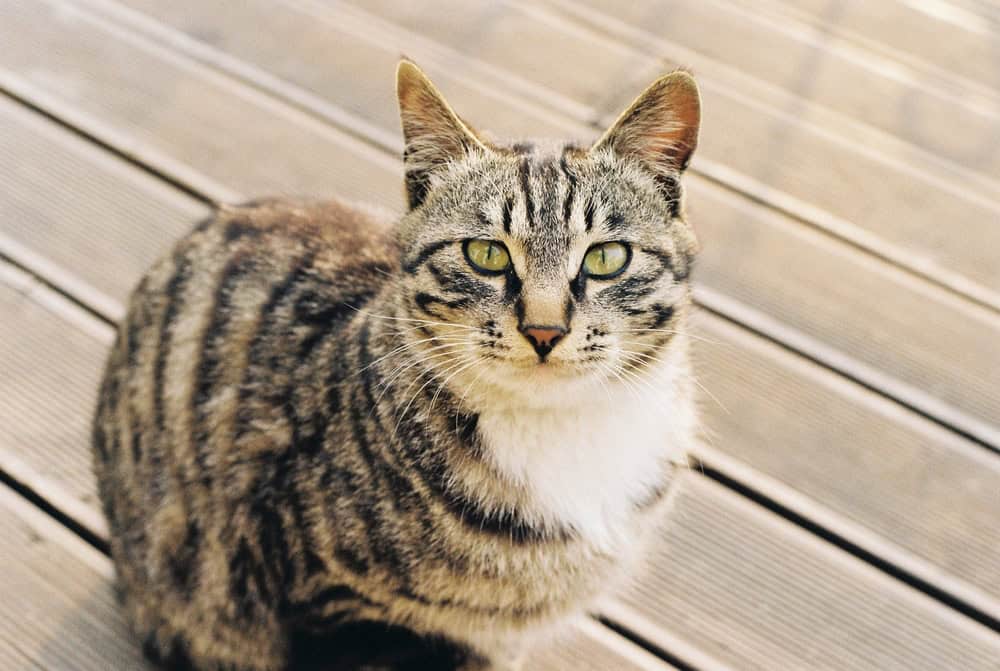
Ever get the feeling that you are being watched? This is a common experience for both cat and dog owners. Dogs usually stare at their owners because they have been trained to wait for commands, want something from you, or simply love you. Cats stare due to their hunting instinct and curiosity or because they want something. Excessive staring can be a sign of stress in both cats and dogs.
Stealing Your Socks
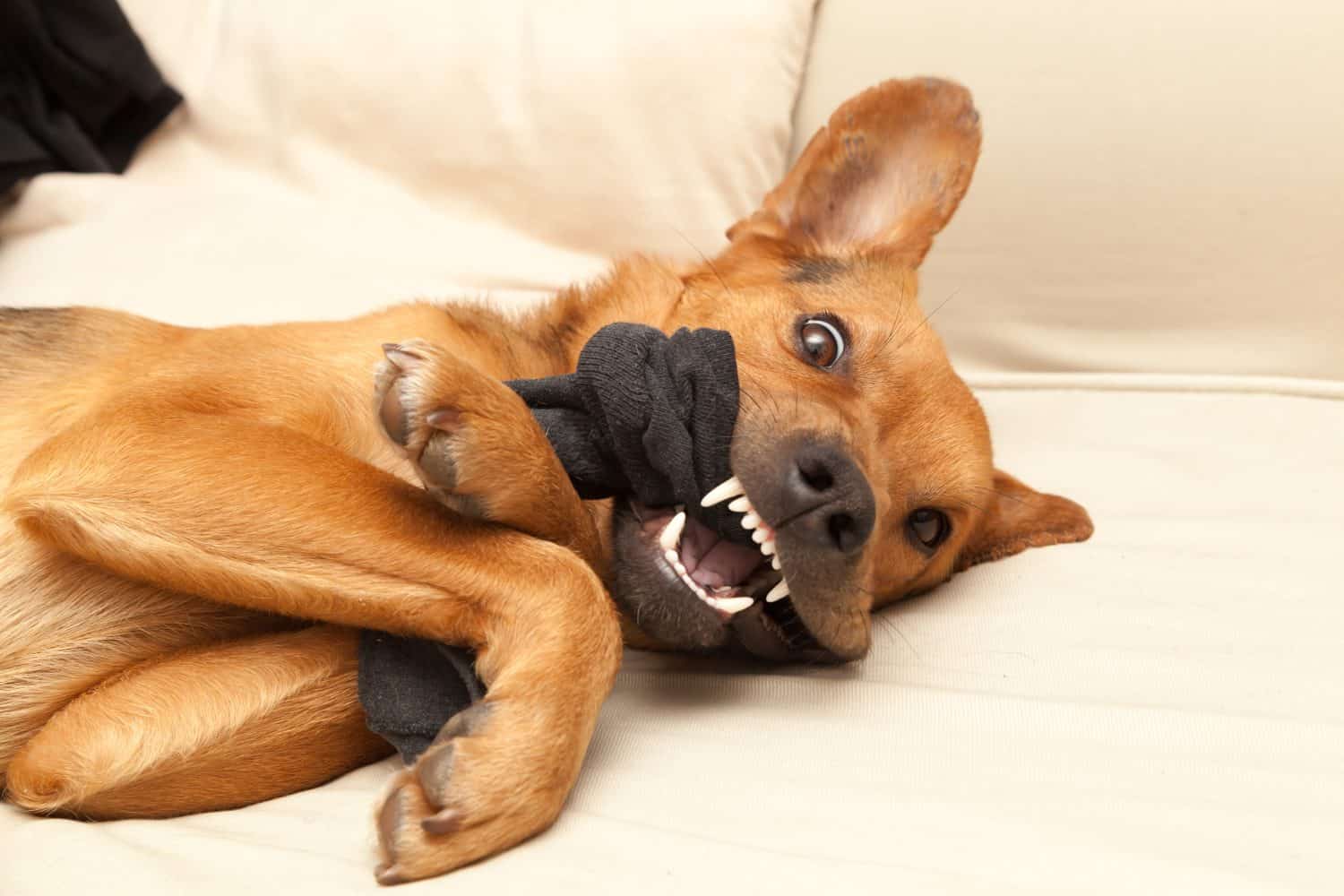
Sock stealing is a behavior that both cats and dogs are known to exhibit. It’s pretty easy to explain when you take into account how cats and dogs interact with and understand the world around them. Both species rely heavily on their senses of smell to learn about the world around them. Their schnozzes are significantly more powerful than ours and they can learn a lot about something just by sniffing it. As a result, cats and dogs are often drawn to things that have strong smells.
Sleeping on Your Clothes
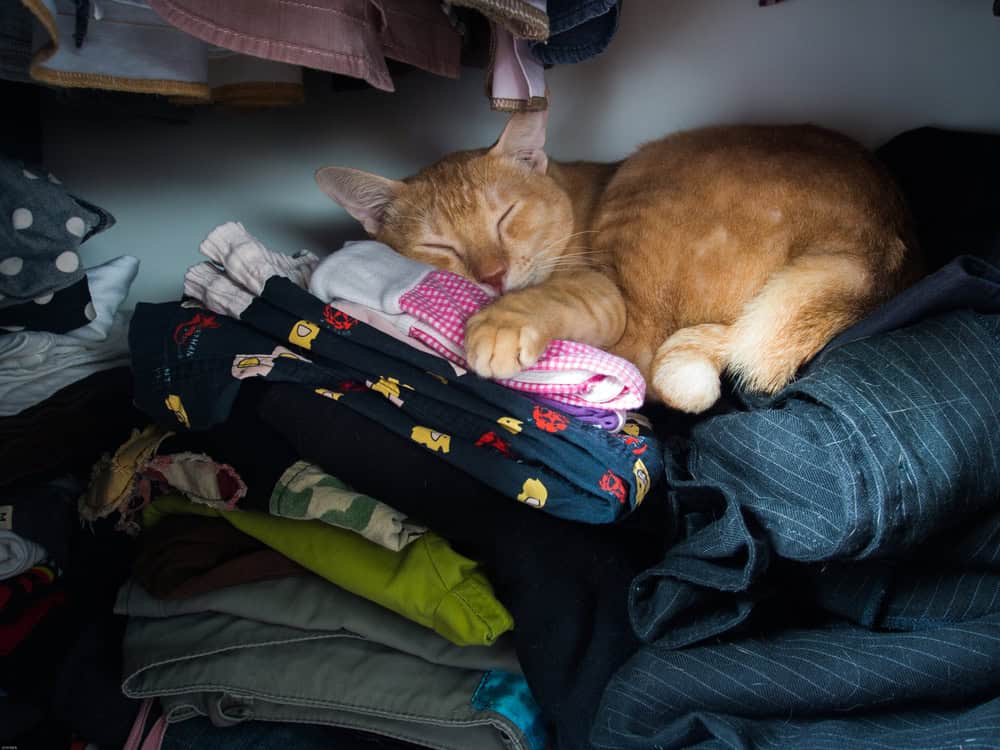
Have you ever folded a pile of freshly laundered clothes only to find you cat sleeping on them an hour later? Or perhaps you have caught your dog dragging your jumper into their bed? This is actually a good sign! It means that your pet loves and trusts you and finds the feel and smell of your things comforting.
